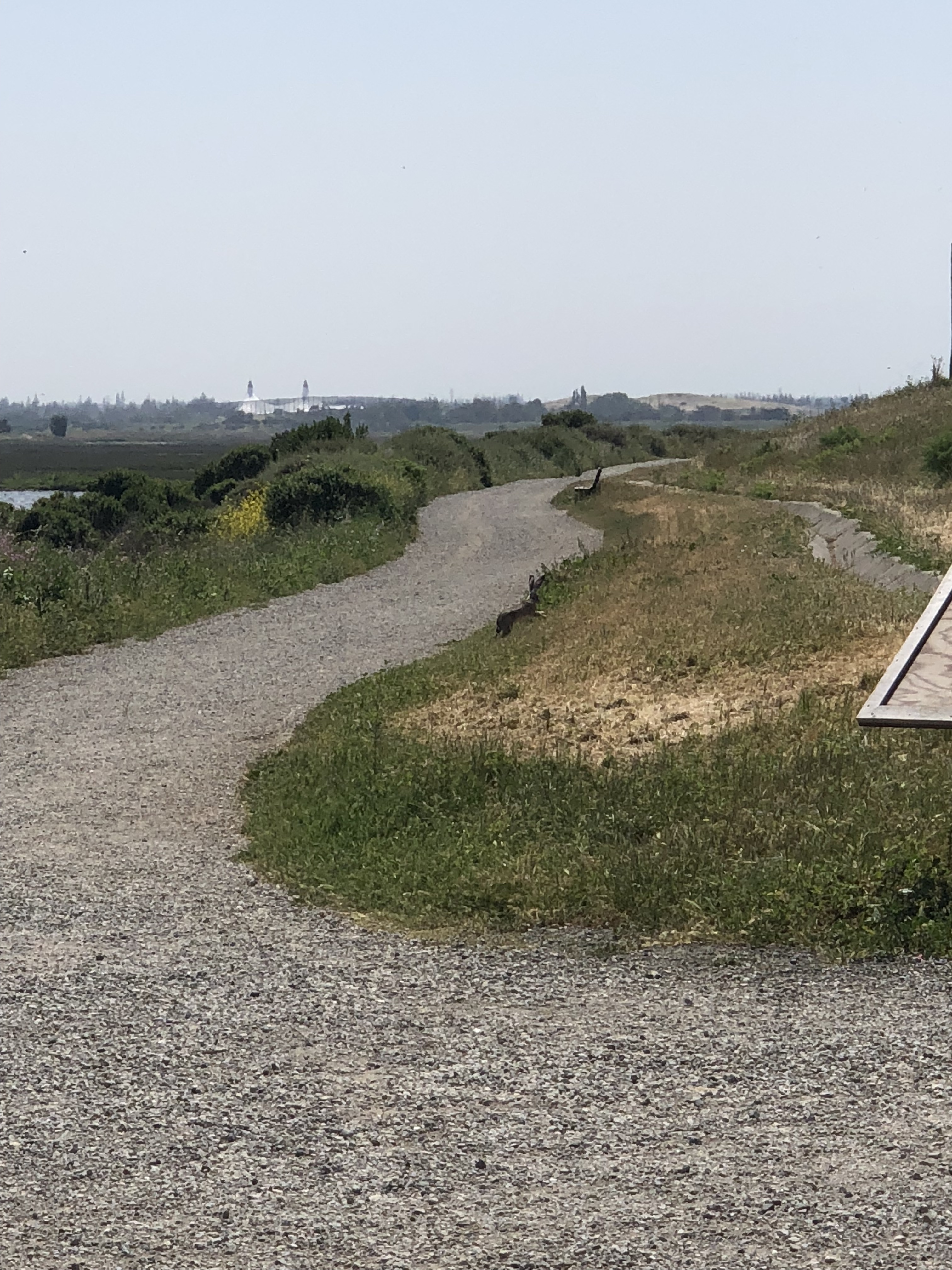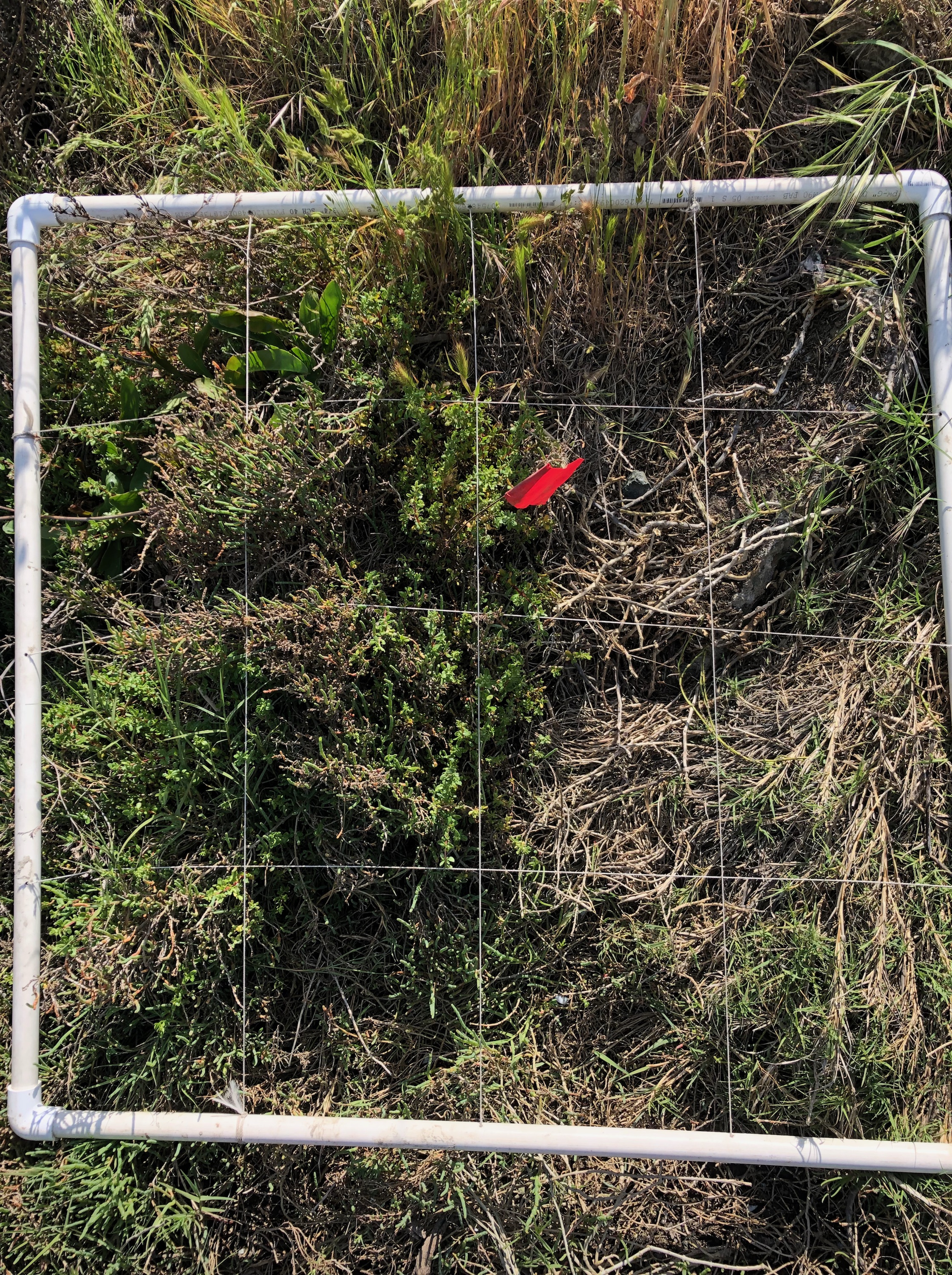Over spring break I read The Immortal Life of Henrietta Lacks written by Rebecca Skloot. I had previously heard of the story last year and was immediately intrigued. Basically the story is, an African American woman named Henrietta Lacks was treated for cervical cancer at John Hopkins. A sample of the cancerous tissue was sent to a lab and scientist, George Gey discovered that these cancerous cells kept dividing in the lab. However, neither Henrietta or her family knew about this sample and the experimentation that was going on. The cells were a great medical and scientific breakthrough, but Henrietta’s name was not associated with the cells. So Rebecca Skloot wanted to bring the truth to light and share the story of Henrietta.
I thoroughly enjoyed the book, but I think I liked the movie better. Although the book focused more on the science side and the movie focused more on the family of Henrietta and their relationships the movie was more emotional to me. The book evoked anger but the movie evoked sympathy. To be quite honest I would be awfully mad if a doctor used one of my family’s cells for research and not tell me about it.
So I want to pose a question to you, how would you feel if your family member’s cells were taken without consent?

Click here to buy the book!















